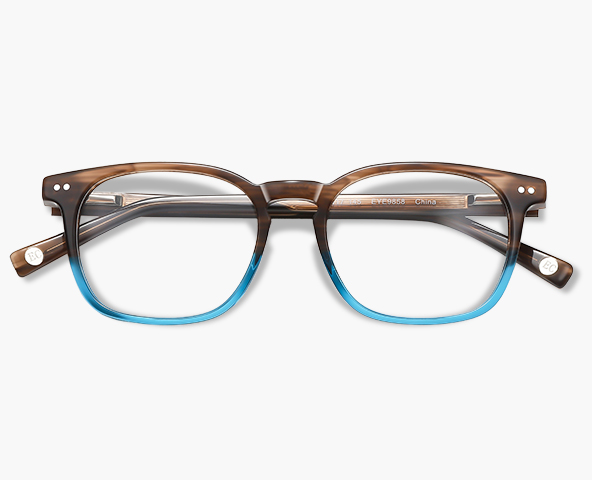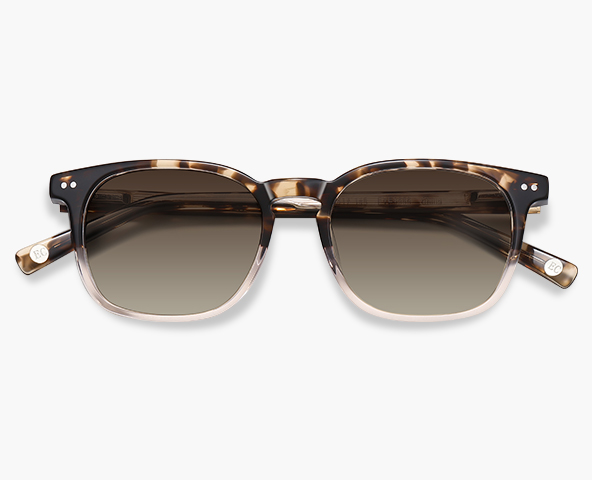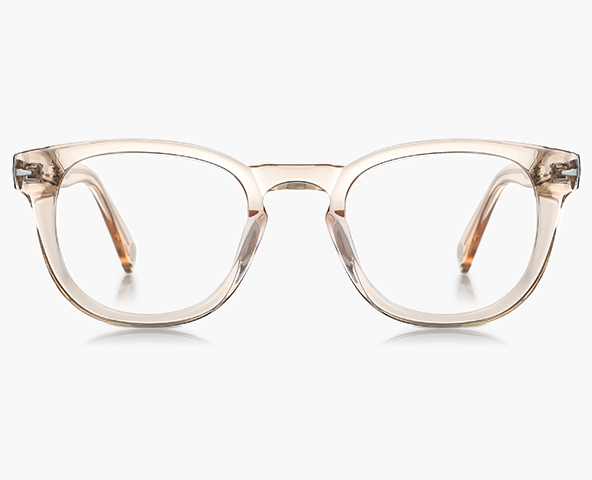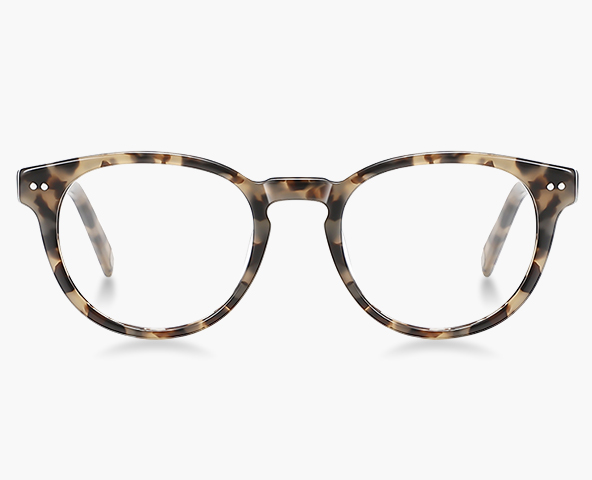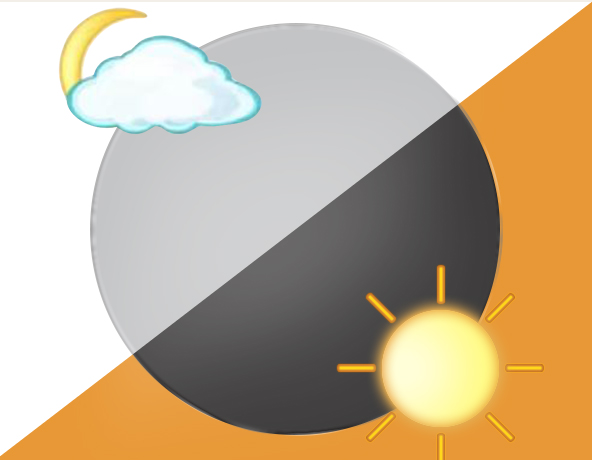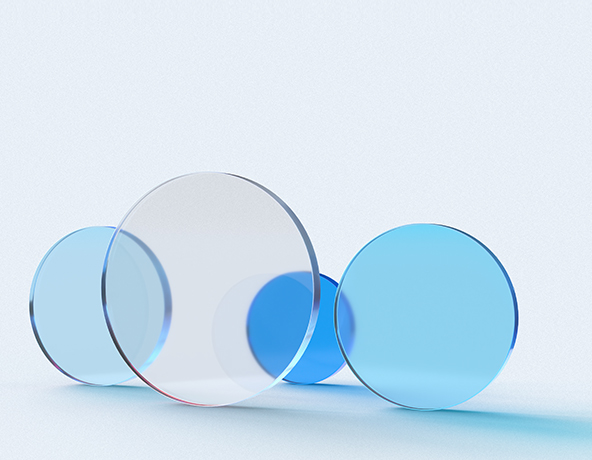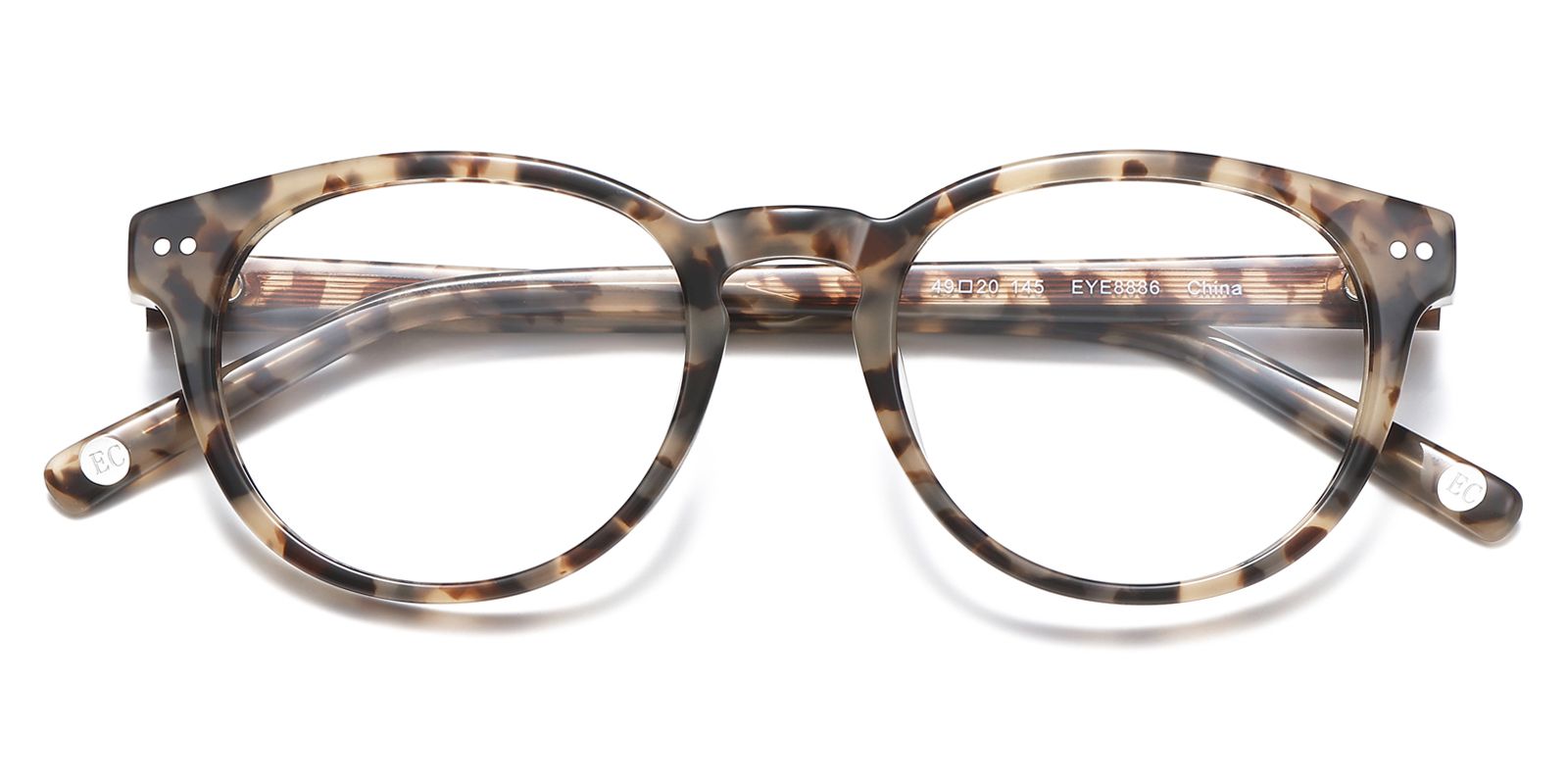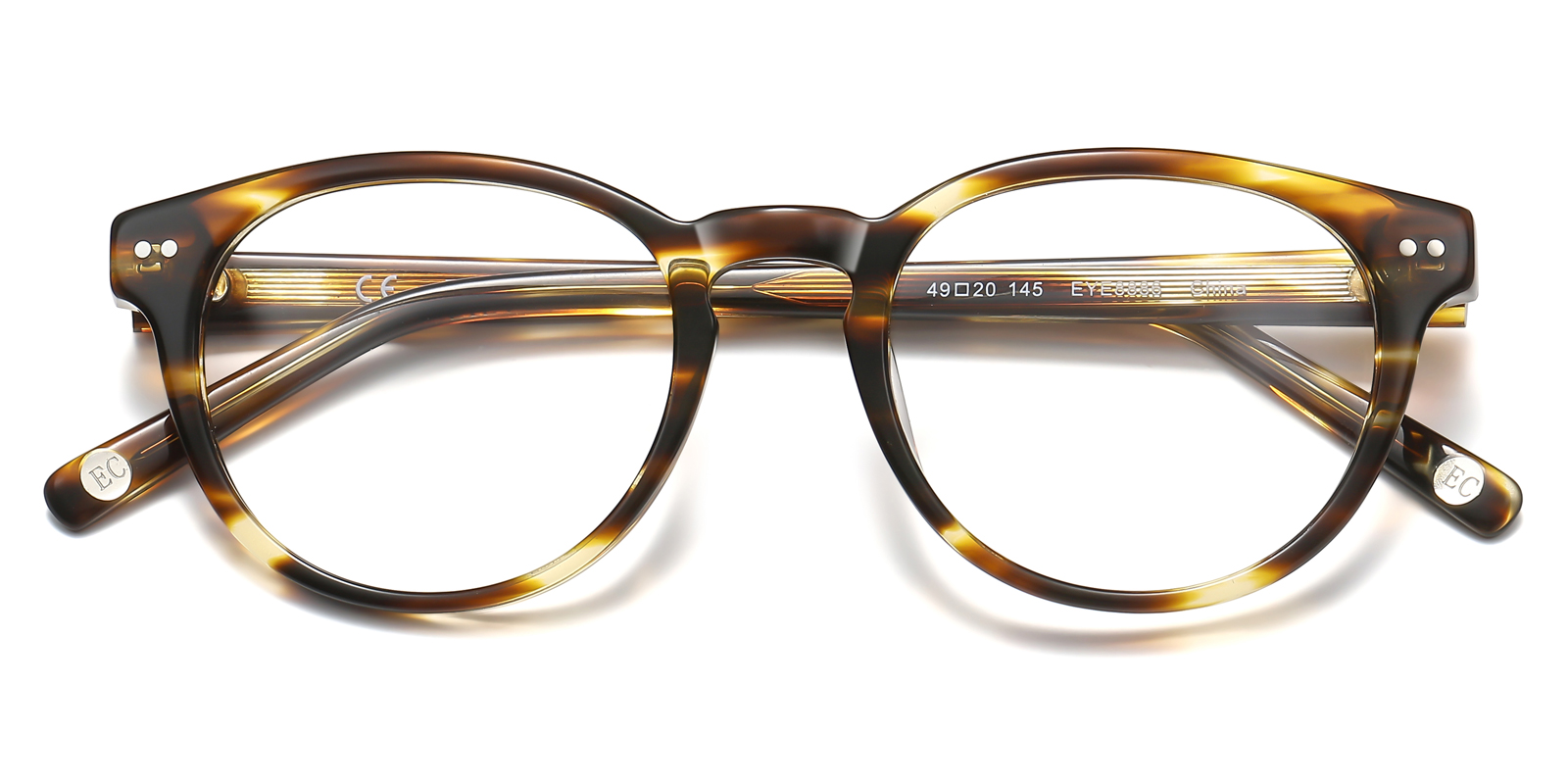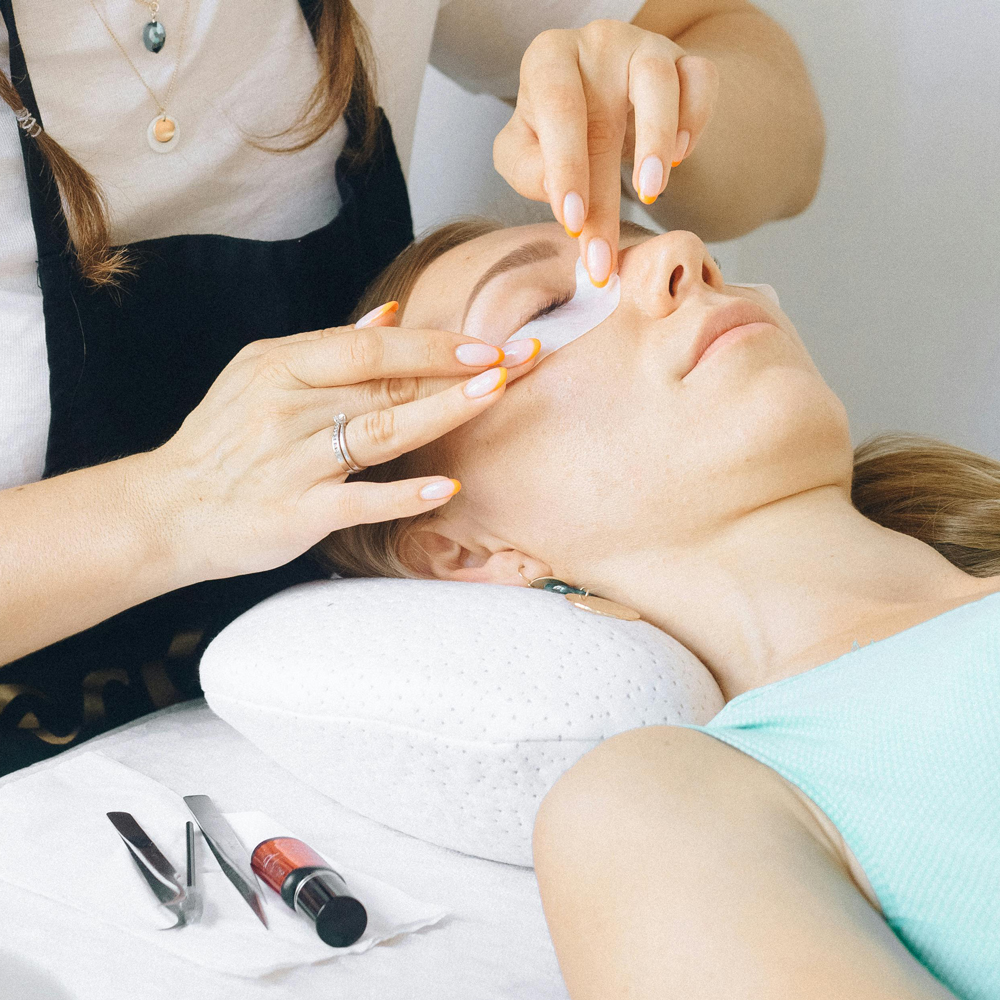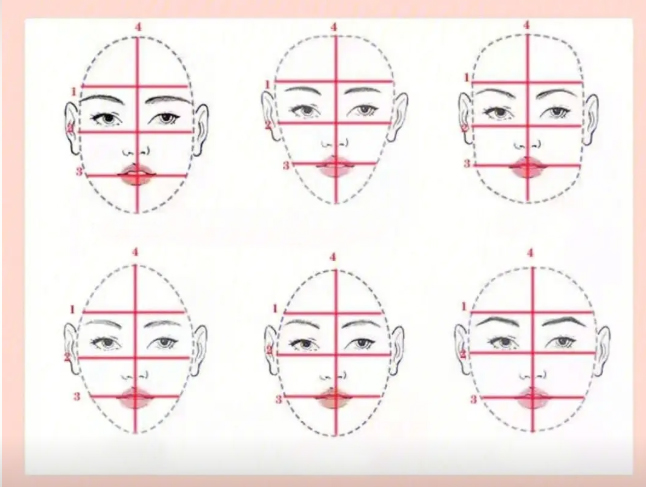Contact Lenses Pricing Breakdown: What You Need to Know
When you decide to ditch your glasses for contact lenses, the question of "How much does it cost?" naturally becomes a primary concern. The price of contact lenses is not fixed; it is influenced by multiple factors such as lens type, prescription characteristics, and purchasing channels, forming a complex pricing structure. This article will provide a comprehensive and in-depth analysis of the cost components of contact lenses, helping you accurately understand the associated costs and providing solid support for your purchasing decisions.

Types of Contact Lenses and Their Prices
Daily Contact Lenses
Daily contact lenses are popular for their “use and discard” feature, which eliminates the need for cumbersome cleaning processes, making them a favorite choice for those seeking convenience. According to renowned ophthalmologist Li Ming in Modern Ophthalmology Research, daily lenses have a short usage cycle, significantly reducing the likelihood of bacterial growth and minimizing the risk of eye infections. In terms of market pricing, a box of 30 pairs of daily contact lenses typically costs between $20 - $40. From an economic perspective, bulk purchasing usually offers a better deal. A box of 90 pairs of daily contact lenses can cost between $60 - $120. This reflects the principle of cost-sharing in the supply chain, where larger purchase volumes reduce the per-unit cost of transportation, storage, and other expenses, leading to a more advantageous price.
Bi-Weekly Contact Lenses
Bi-weekly contact lenses can be worn for 14 days before needing to be replaced. In terms of pricing, a box of 6 pairs typically costs between $25 - $50. While the per-unit price of bi-weekly lenses may appear higher than daily lenses, considering their longer usage period, the overall cost over time might be more cost-effective for certain users.
Monthly Contact Lenses
Monthly contact lenses are designed to be worn for 30 days, after which they must be replaced. The price typically ranges from $40 to $120 per box of 6 pairs. Compared to daily and bi-weekly lenses, monthly lenses have a wider price range. This variability is influenced not only by the brand and material but also by the market supply and demand. During peak demand seasons, prices may remain stable or even increase slightly. In a competitive market environment, brands may use pricing strategies to attract consumers, leading to potential price decreases.

Factors Affecting Contact Lens Prices
Prescription Strength and Type
Prescription strength and type are key factors influencing the price of contact lenses. Professor Wang Li, in a paper published in the Journal of Clinical Ophthalmology, points out that high-strength prescriptions and lenses designed for special vision problems like astigmatism or presbyopia are more expensive due to the complex manufacturing processes and higher demands for technology and materials. For instance, toric lenses for correcting astigmatism require more precise optical design and manufacturing techniques to correct irregular corneal astigmatism, which significantly increases production costs, thus reflecting in the price.
Brand and Quality
Different brands of contact lenses offer varying levels of comfort, oxygen permeability, and durability. High-end brands typically invest significant funds in developing innovative materials and advanced manufacturing processes to improve product quality. For example, some internationally renowned brands use new silicon hydrogel materials, significantly enhancing the oxygen permeability of the lenses, allowing the eyes to stay comfortable and healthy during wear. However, such investments in technology and materials inevitably raise production costs, which results in higher prices. Consumers need to balance their quality needs with their budget to find the best compromise.
Purchase Channels
The purchase channel also significantly affects contact lens prices. Compared to traditional optometrists' clinics or retail stores, online retailers can offer more competitive prices due to reduced overhead costs, such as store rent and sales staff salaries. However, the online market is diverse, and consumers must be cautious when taking advantage of price discounts, ensuring that they buy from legitimate, qualified channels to avoid counterfeit or low-quality products that could harm eye health.
Insurance and Discounts
Some vision insurance plans offer partial coverage or discounts for contact lenses, which can help reduce the financial burden on consumers. It is important for consumers to understand the specifics of their insurance policy, such as the types of contact lenses covered and the reimbursement rate. Additionally, manufacturers often offer bulk purchase rebates or discounts as part of their sales strategies. These marketing tactics encourage consumers to buy in larger quantities, increasing product sales while providing savings for consumers, creating a win-win situation.
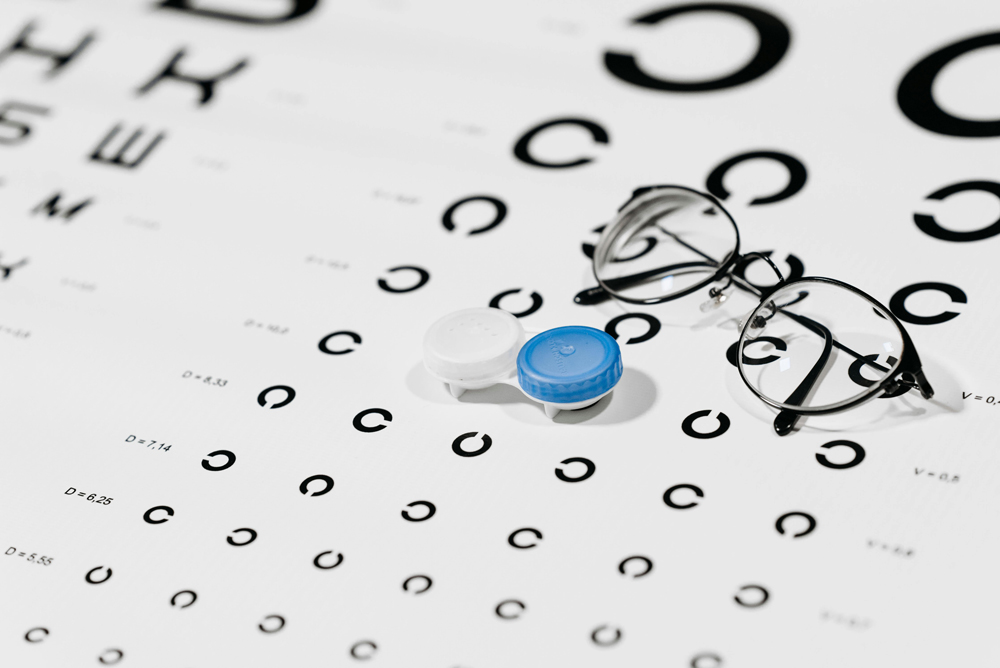
Other Costs to Consider
Eye Examination
Before purchasing contact lenses, a comprehensive eye examination and professional trial fitting of the lenses are essential steps. The cost of an eye exam generally ranges from $50 to $100, depending on the local economy, the size of the medical facility, and the specific tests involved. The trial fitting ensures that the lenses fit well with the eyeball, providing comfort and safety, and may incur an additional charge of $50 to $100. In the long term, this upfront investment is important for maintaining eye health and ensuring the effectiveness of contact lenses, so it should not be overlooked.
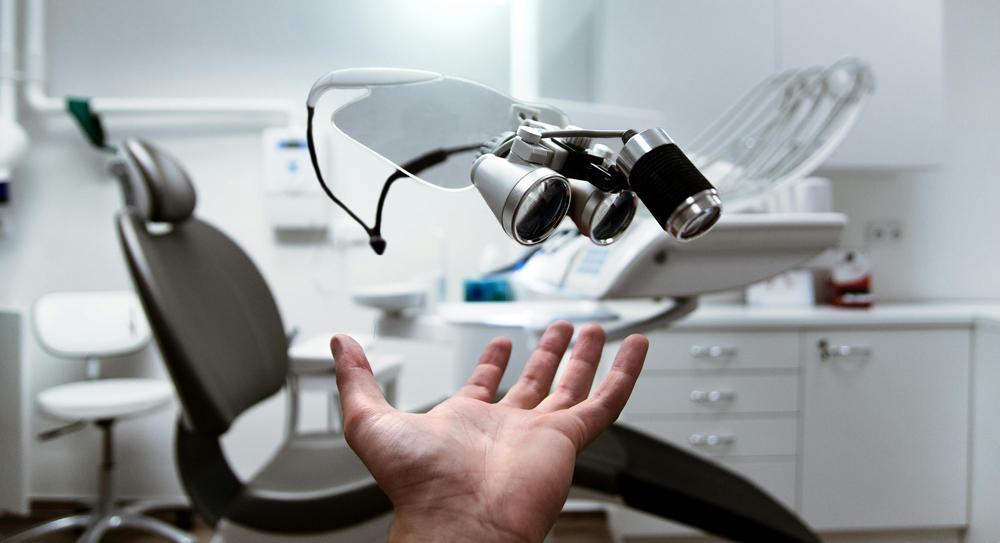
Cleaning and Care Products
For non-daily disposable contact lenses, cleaning solutions and lens cases are essential for maintaining eye health and extending the lifespan of the lenses. Monthly and bi-weekly lenses require regular cleaning and disinfection, with monthly expenses for cleaning and care products generally ranging from $5 to $15. The quality of these care products and the correct usage methods are directly related to the cleaning effectiveness of the lenses and the health of the eyes. Consumers should choose standard-compliant products and follow the instructions carefully.
In summary, the pricing system for contact lenses is complex and influenced by various interwoven factors. Daily disposable lenses are convenient but come with higher long-term costs, while monthly and bi-weekly lenses are more economical but require maintenance. However, when considering contact lenses, it is important to be aware of their potential drawbacks. Since contact lenses come into direct contact with the eyeball, improper wear or inadequate cleaning can easily lead to eye infections, such as keratitis or conjunctivitis. Long-term wear may also cause dryness and oxygen deprivation, affecting eye health. Additionally, wearing contact lenses during activities such as sports and swimming may present inconvenience and safety risks.
In contrast, eyeglasses have distinct advantages in terms of safety and convenience. They do not come into direct contact with the eyeball, significantly reducing the risk of eye infections and eliminating the oxygen deprivation issue. Eyeglasses are also easier to clean and maintain and can be used in various settings. Therefore, it is recommended that consumers prioritize eyeglasses when choosing a vision correction method. If contact lenses are still desired, it is crucial to carefully assess personal needs and eye conditions, and strictly follow the guidance of a healthcare professional. Eyecedar offers a wide range of contact lenses as well as stylish, high-quality eyeglasses, allowing you to choose the best vision correction solution for your individual needs at Eyecedar store.
The information provided in this post and all Eyecedar blog content is for general and marketing purposes only. It should not be considered as medical advice. Eyecedar, Inc. does not offer professional healthcare services or practice medicine, optometry, or any form of healthcare. For medical advice, diagnosis, treatment, or any health-related inquiries, always consult your optometrist or a qualified healthcare provider.
Note: Thanks to Pexels for providing image support!

